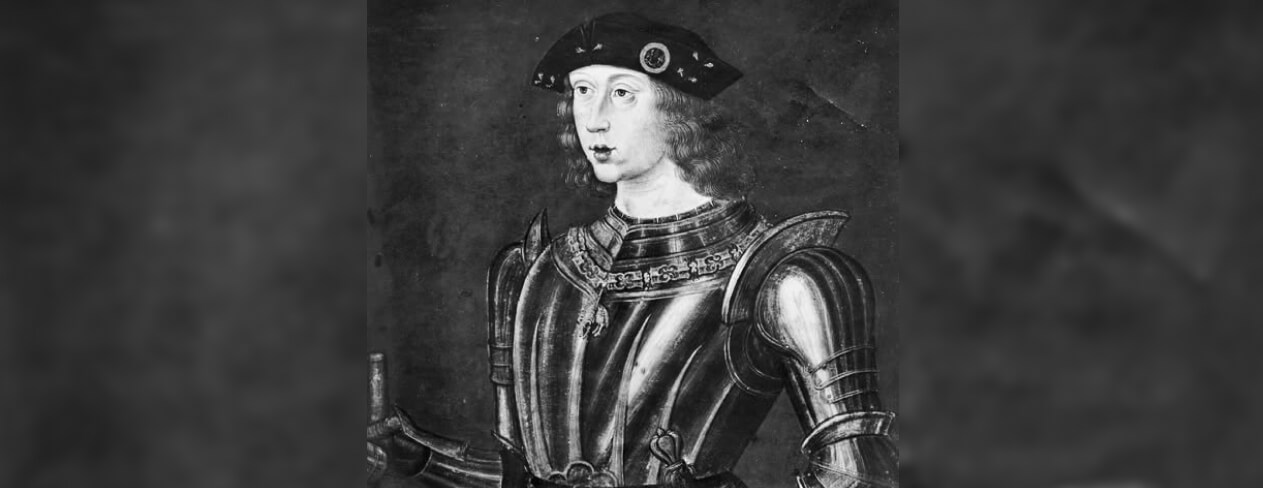
Philip I of Castile was born on 22 June/July 1478. He was the only heir to the realms of both his parents – the future Emperor Maximilian I and Mary of Burgundy – and grew up in the Burgundian Netherlands, his mother’s homeland.
His arranged marriage to Joanna of Castile, daughter of Isabella of Castile and Ferdinand of Aragon, was part of a strategic alliance aimed at isolating France, the Habsburgs’ main rival. However, following several deaths in Joanna’s family, she herself became the heir to both her parents’ kingdoms. This unexpected turn of events led to open hostility between Philip and Ferdinand of Aragon, who both claimed the regency in the name of the allegedly insane Joanna – their wife and daughter, respectively. With the support of the Castilian nobility, Philip prevailed, becoming the first ruling Habsburg in Spain. Unfortunately, he died only a few months later, and Ferdinand resumed the regency over Castile.
Though Philip never became Emperor due to his early death, his eldest son and successor, Charles V, would go on to unite the Habsburg, Burgundian, and Spanish inheritances. Through his six children with Joanna, Philip became the ancestor of all subsequent Holy Roman Emperors and Spanish monarchs, including the current King Felipe VI. Two sons, Charles and Ferdinand, ascended to the imperial throne; four daughters became queens of Portugal (Eleanor, Catherine), France (Eleanor), Denmark (Isabella), and Hungary (Mary).
Access to the Metatext via placing an order for an augmented product. See Terms of Use